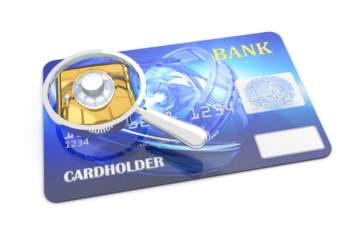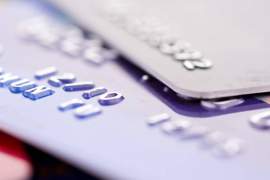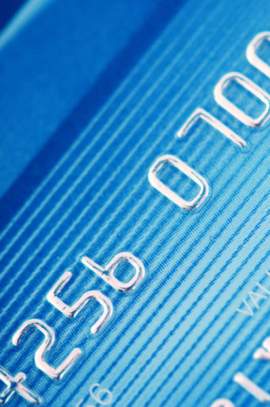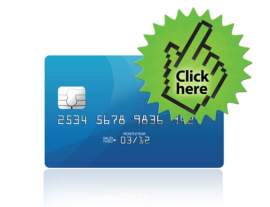
Easy Steps for Credit Card Protection

What is a
Credit Card?
A credit card is a plastic card that enables an
individual to purchase goods, products or services by way of a credit line.
Financial institutions, such as credit card companies or banks, will offer
credit cards to those consumers who represent an ability, through their credit
rating, to meet the terms of the credit card contract.
It is
crucial to understand the varying interest rates, or APRs, attached to each
credit card. Generally, those individuals with lower credit ratings, if
approved, will receive a credit card with unfavorable terms and high interest
rates.
A credit card’s rates are applied to the individual’s balance at the end of each billing cycle. For example, if an individual is given a credit card with $500 worth of credit and an APR of 20% and the individual spends throughout the month, or length of the cycle, the full amount of available credit, he or she is required to pay the lending institution the full $500.
If the individual does not pay the $500 and only
pays the minimum (typically $15) the APR of 20% will be applied to the next
individual’s bill in the form of a monthly fee (.20/12), or .01667. Add 1 to
this figure to reveal 1.016, which is then multiplied by your remaining
balance. Therefore, if you have $485 due next month, you will take $485 and
multiply it by 1.016 to yield a new balance of $492.76. The terms attached to
each credit card will vary based on the issuing institution’s protocol and the
credit score of the prospective borrower.
Why is Credit Card Protection Important?
All credit cards contain a 16-digit credit card
number. This number, which is found on the front of the card, signifies the
holder’s credit account. It is this information that enables a merchant to view
the amount of available credit to which the individual has access. With the
advent of online purchases, all a user needs in most instances is to input this
16 digit number, the expiration date on the front of the card, as well as the
CV-2 code found on the back of the card to initiate a purchase.
As a result of
the minimum requirements for purchase online, a user can initiate a transaction
by copying or stealing a credit card holder’s information that is printed on
the front and back of their card.
Crucial Steps for Credit Card Protection
Since your credit card account number is printed
on the front of your card, you must be sure to know where your credit card is
at all times. If you happen to lose your card or it is stolen, a crucial step
to credit card protection requires you to immediately contact your issuing
institution to inform them of the missing card.
When the bank records that the
card is not in your possession it will close the count rendering the lost card
inactive. The issuing company will then mail you a replacement. The most common
mechanism for fraudulent credit card use is the unauthorized use acquired from
lost or stolen cards.
Another important step of credit card protection
is signing the authorization strip located on the bank of the card. By signing
your unique signature, merchants can compare the signature on the receipt (at
the time of purchase) to the back of the card to ensure that the purchasing
party is indeed the cardholder.
Another crucial element to credit card protection
requires the holder to thoroughly review all bills and expenses. Make sure that
your purchases match up with your bill. If any fraudulent activity or
inaccuracies are found on your bill, be sure to report them to your issuing
credit card company.
NEXT: Quick Guide to Balance Transfer Credit Cards





















